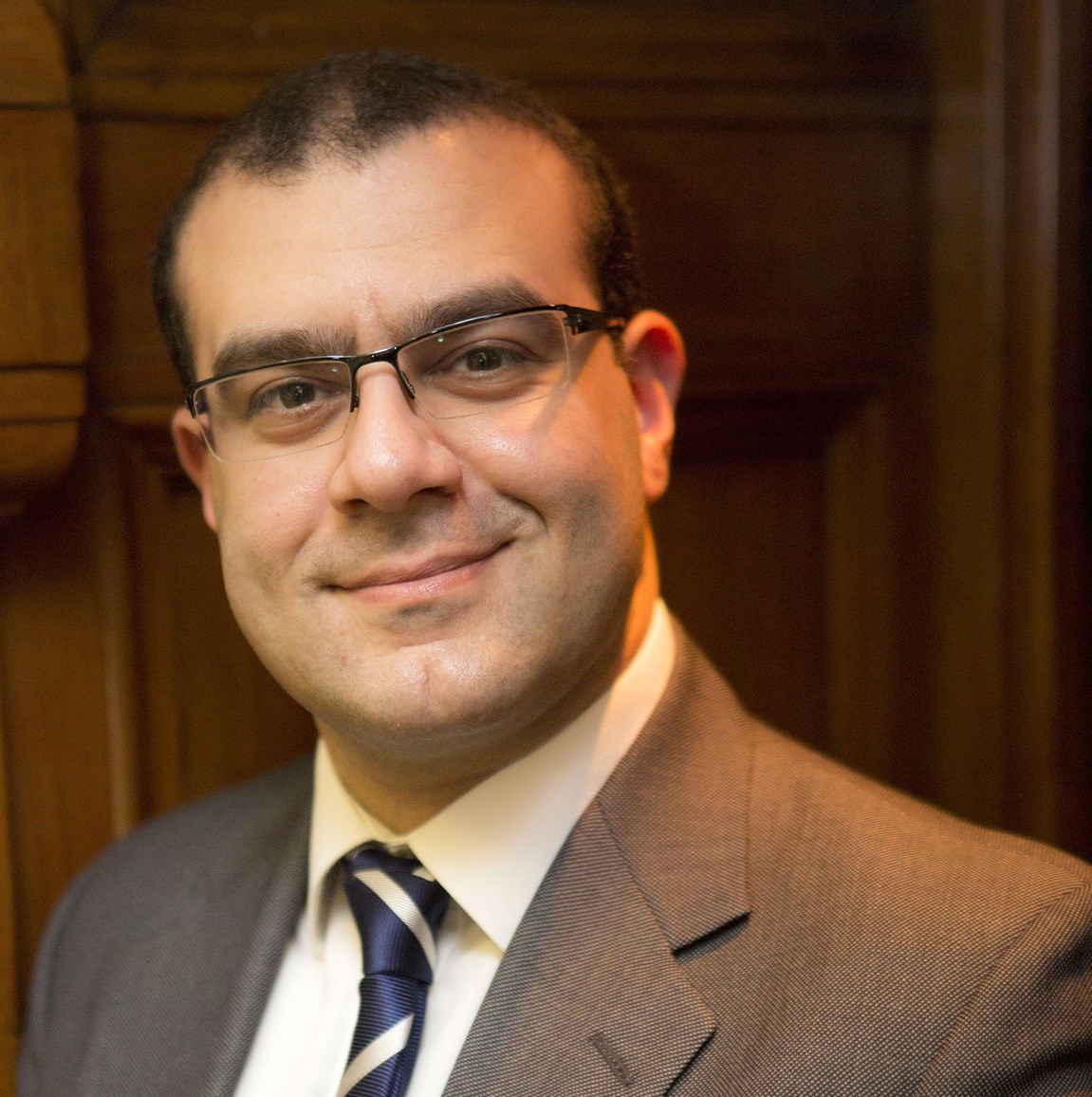
Joseph Shalhoub
Imperial College Healthcare NHS Trust
How did the CF grant enable your research?
I was the recipient of the 2008 Circulation Foundation Mary Davies Research Fellowship. The project was entitled “Risk stratification in carotid atherosclerotic plaque by multianalyte profiling of plaque mediators and quantification of intraplaque angiogenesis by microbubble contrast enhanced ultrasound”. This Circulation Foundation Research Fellowship allowed me to complete my PhD at Imperial College London.
How did the funding positively impact knowledge and provision of care?
Stroke is the third commonest cause of death and greatest cause of disability in the developed world: 20-30% of patients die within one month; one-third left with long-term disability; and 12% require institutional care. Stroke has greater disability impact than any other chronic disease and, health economically, represents a huge and rising burden. Carotid artery atherosclerosis is responsible for 30% of strokes; these are potentially preventable. Many patients who suffer stroke have no prior warning signs. In these individuals, more than 16 patients currently require surgery to prevent one stroke. Considerable numbers of patients are therefore unnecessarily exposed to risks of surgery. There exists a need to identify patients among this group more likely to suffer a stroke and would benefit from surgery, and those at low risk of stroke who can be spared surgery. My research focused on this challenging issue.
Atherosclerotic plaques at risk of rupture are not necessarily those impinging most upon the lumen; atherosclerosis is in fact a biological process (rather than a simply a structural narrowing) comprising a complex inter-relationship between inflammation, neovascularisation, matrix degradation, intra-plaque haemorrhage, and other factors.
Contrast enhanced ultrasound (CEUS) is a refinement of duplex ultrasonography, a cost-effective, non-invasive and non-irradiating modality established for vascular imaging. CEUS employs intravenously delivered microbubbles (gas-filled lipid shells). Their size allows them to act as ‘surrogate red blood cells’ within the microcirculation. We developed quantification of the contrast signal within the carotid atherosclerotic plaque. Dynamic CEUS (D-CEUS) is used to measure plaque contrast enhancement from the point of contrast administration, and reflects neovascularisation within the atherosclerotic plaque. Furthermore, we demonstrated that plaque contrast intensity with D-CEUS is significantly higher in carotid plaques responsible for neurological events.
We were the first group worldwide to use late phase CEUS (LP-CEUS) to quantify inflammation in atherosclerosis. LP-CEUS is based on pre-clinical work showing that microbubbles adhere to damaged endothelium. The work showed that by quantifying microbubble retention within carotid plaques, LP-CEUS highlights differences between plaques responsible for stroke (which tend to be inflamed) and asymptomatic plaques, sensitivity and specificity being 80% and 86%, respectively. Combining D-CEUS and LP-CEUS in a CEUS score increases this sensitivity and specificity to 90% and 88%.
I undertook structural and functional laboratory analysis of carotid plaques from individuals following carotid endarterectomy surgery. D-CEUS signal reflected changes in plaque production of matrix-metalloproteinases involved in intra-plaque neovascularisation and plaque vulnerability. Pro-inflammatory interleukin-6 production positively correlates with LP-CEUS. These results showed that CEUS represents a safe and cost-effective means of detecting plaque neovascularisation and inflammation.
Publications resulting from research supported by the Circulation Foundation
Shalhoub J, Owen DRJ, Gauthier T, Monaco C, Leen ELS, Davies AH. The use of Contrast Enhanced Ultrasound in Carotid Arterial Disease. European Journal of Vascular and Endovascular Surgery 2010;39(4):381-387
Owen DR, Shalhoub J, Miller S, Gauthier T, Doryforou O, Davies AH, Leen EL. Inflammation within carotid atherosclerotic plaque: assessment with late-phase contrast-enhanced US. Radiology 2010;255(2):638-644
Miller S, Owen DR, Shalhoub J, Davies AH, Leen EL. Late-Phase Contrast-enhanced US to Assess Unstable Carotid Atherosclerotic Plaques. Radiology 2010;257(2):589
Shalhoub J, Monaco C, Owen DRJ, Gauthier T, Thapar A, Leen ELS, Davies AH. Late-Phase Contrast Enhanced Ultrasound Reflects Biological Features of Instability in Human Carotid Atherosclerosis. Stroke 2011;42(12):3634-3636
Thapar A, Shalhoub J, Averkiou M, Mannaris C, Davies AH, Leen ELS. Dose-Dependent Artifact in the Far Wall of the Carotid Artery at Dynamic Contrast-enhanced Ultrasound. Radiology 2012;262(2):672-679
Vorkas PA, Shalhoub J, Lewis MR, Spagou K, Want E, Nicholson JK, Davies AH, Holmes E. Metabolic Phenotypes of Carotid Atherosclerotic Plaques Relate to Stroke Risk: An Exploratory Study. European Journal of Vascular and Endovascular Surgery 2016;52(1):5-10
Shalhoub J, Viiri LE, Cross AJ, Gregan SM, Allin DM, Astola N, Franklin IJ, Davies AH, Monaco C. Multi-analyte profiling in human carotid atherosclerosis uncovers pro-inflammatory macrophage programming in plaques. Thrombosis and Haemostasis 2016;115(5):1064-1072
How did the research award assist your personal career and have you continued to be involved in vascular research?
The 2008 Circulation Foundation Mary Davies Research Fellowship supported work that was presented in a number of peer-reviewed publications, and national and international presentations. The work was also provided preliminary data for a successful subsequent project grant application to the Stroke Association.
The Circulation Foundation grant allowed me to complete my PhD and, with this, came the transferrable skills that are gained when completing a dedicated period of research, as well as laying the foundations for ongoing research activities which comprise an important part of my career in vascular surgery. I have subsequently been an investigator on a number of research grants from the National Institute for Health and Care Research (NIHR), the British Heart Foundation (BHF), and Innovate UK.
The impact that the Mary Davies Research Fellowship has had has encouraged me to be more involved with the Circulation Foundation as a current Committee Member.